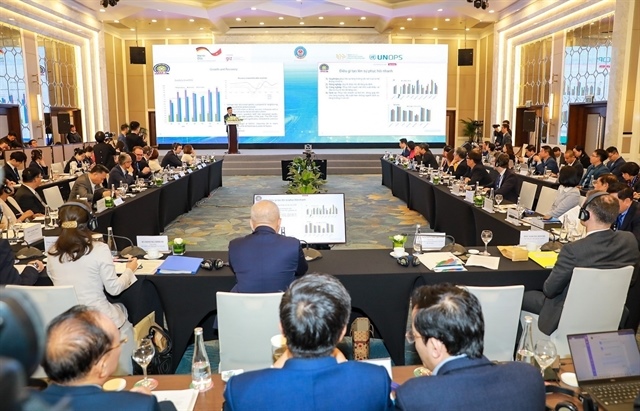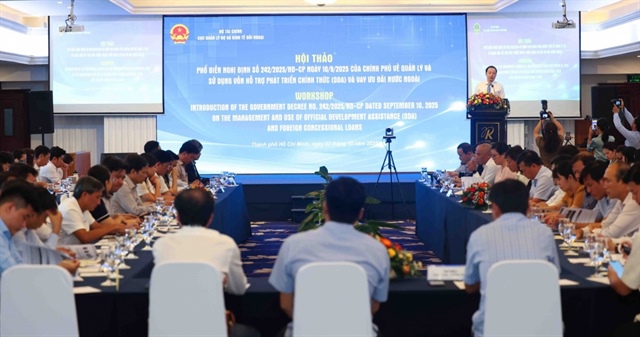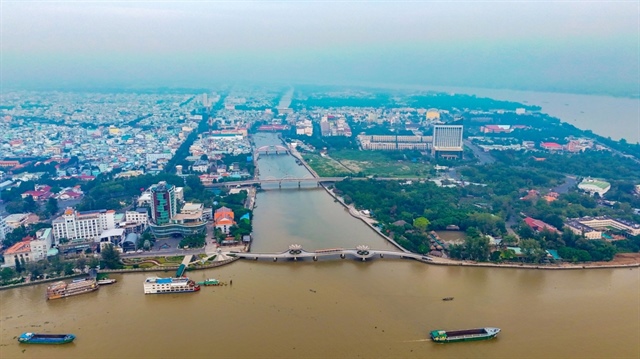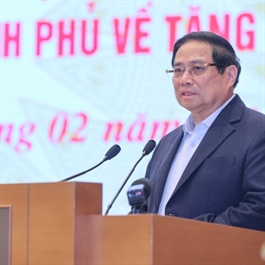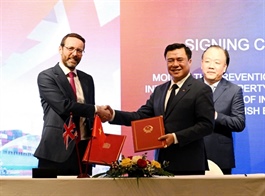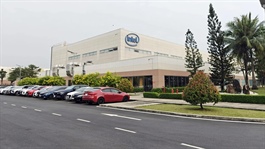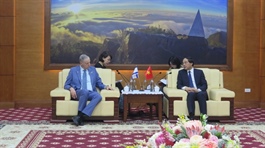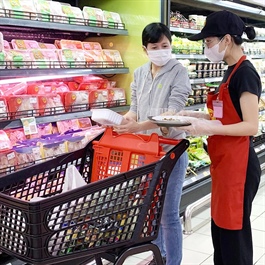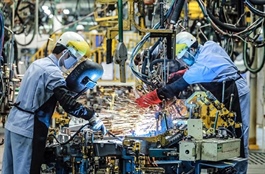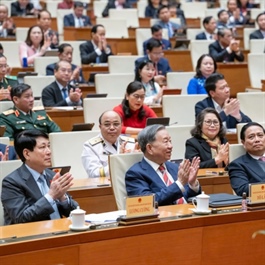Vietnam’s opportunities exponentially increasing
Vietnam’s opportunities exponentially increasing
Global management consultancy Boston Consulting Group in January issued a report discussing the global impacts of the latest US election. VIR’s Bich Ngoc talked with Aparna Bharadwaj, leader of the firm’s Global Advantage Practice, about the issue and what businesses in Vietnam need to do to strengthen the supply chain.
What are the key implications of tariffs and trade shifts for Vietnam and the broader ASEAN region?

Aparna Bharadwaj, leader of the firm’s Global Advantage Practice |
Vietnam and the world are at a critical crossroads. Rising geopolitical risks and historic trade uncertainty are reshaping the global economy. The first wave of US tariffs targeting China, and potentially Mexico and Canada, signals a broader shift under the “America First” trade policy. This new reality is forcing countries and businesses to adapt rapidly to an evolving economic and geopolitical landscape.
Against this backdrop, Vietnam is uniquely positioned as a key connector between geopolitical blocs. Even before the latest tariff announcements, Southeast Asia was on track for strong momentum - deepening ties with both China and the US.
By 2033, we projected ASEAN-China trade to grow by $558 billion, driven by increased bilateral investment and cooperation. At the same time, ASEAN-US trade is set to outpace global trade growth, expanding at +4.3 per cent annually over the next decade.
To sustain this momentum, Vietnam should consider continuing to attract multinational companies pursuing China+1, or more, strategies in their efforts to diversify supply chains and mitigate geopolitical risks.
Vietnam has emerged as one of ASEAN’s most dynamic economies, thanks to its competitive cost base, strong industrial capabilities, and strategic location. These macro shifts position Vietnam to capitalise on export-driven growth, investment-led development, and high-value job creation across critical sectors.
As Vietnam upgrades manufacturing capabilities, companies need to add more value in local production. Today, there is still dependence on China for components, machinery and others which can leave Vietnam vulnerable to tariffs. The solution is to upgrade manufacturing capabilities within Vietnam.
The next decade will define Vietnam’s role in the global economy. How can Vietnamese businesses and policymakers best position themselves to seize this moment?
The recent pandemic and Russia-Ukraine conflict kicked off a fundamental shift to focus on supply chain resilience, and the ongoing US-China trade conflict adds to the complexities of global dynamics among trade partners.
As non-aligned partners, Vietnam and Vietnamese businesses have stood out amidst these uncertainties with strong value proposition such as low cost of production, infrastructure maturity, trade/investment ecosystem, trained labour and favourable government policies and regulations.
The exponential growth of opportunities indicates that Vietnamese businesses must adapt their strategies and operations to regional and global competition. One key strategy is to think global – from diversification of its supply chains to other ASEAN neighbours and beyond, to prospecting buyers in new mature destinations or emerging markets.
For example, Vietnam is one of the few countries in Asia that has free trade deals with both the western and eastern parts of Europe. Businesses should take advantage of these, which provide preferential rules for exporting Vietnamese products, or gaining access to the markets via rules such as assurance in non-tariff measures, transparency in regulations and the minimisation/reduction in tariffs.
Another critical strategy is to think for tomorrow. Vietnamese companies should also allocate resources on upgrading their manufacturing capability towards embracing technological and sustainability evolution.
Companies that can respond, invest in, and adapt their capabilities in digitalisation and sustainable offerings will see rewards in improvements to efficiency, productivity and remain highly competitive in the evolving trade landscape. Investing in digital platforms, automation, and data-driven decision-making will help businesses adapt to changing market conditions.
How can ASEAN position itself to thrive amid increasing geopolitical tensions?
Southeast Asian countries and ASEAN have been able to balance competing global geopolitical dynamics. ASEAN is an attractive location for companies looking for a new base of operations to de-risk supply chains. It would be important to continue the efforts to maintain neutrality and combine it with an emphasis on multilateral mechanisms for regional powers and global partners to leverage it as a platform for dialogue and cooperation.
Southeast Asia has a range of supportive institutional and infrastructure policies in recent years to enhance the free flow of goods and services among member states. These include the ASEAN Economic Community Initiative, ASEAN Single Window, and ASEAN Free Trade Area.
Major trade agreements also now mean the region has competitive trade access with countries that together account for 40 per cent or more of global GDP.
ASEAN can allocate resources and political will to develop a robust connectivity infrastructure and to enable Southeast Asian countries to play a larger role in global supply chains, by creating effective and efficient connections from the world to Southeast Asia and vice versa.
Overall, ASEAN’s is on strong growth momentum economically, and analysts have forecasted the region’s economy to be the world’s fourth largest by 2030. This trajectory provides a promising foundation for socioeconomic uplift and local fundamentals as hubs for consumer demand.


